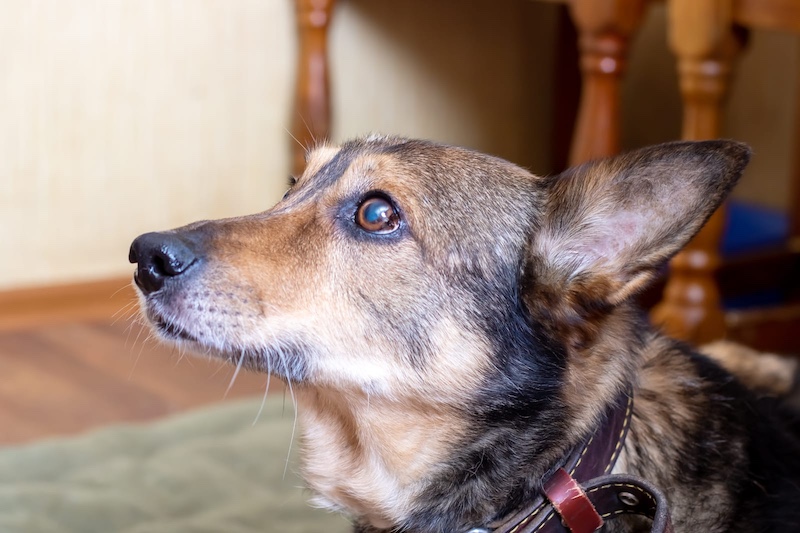As dogs age, they naturally slow down, but that doesn’t mean they don’t need regular exercise and mental stimulation. Keeping your senior dog active is crucial for maintaining their health, mobility, and overall happiness. Here are ten ways to help your senior dog stay active and enjoy their golden years to the fullest.
1. Tailor Exercise to Their Abilities
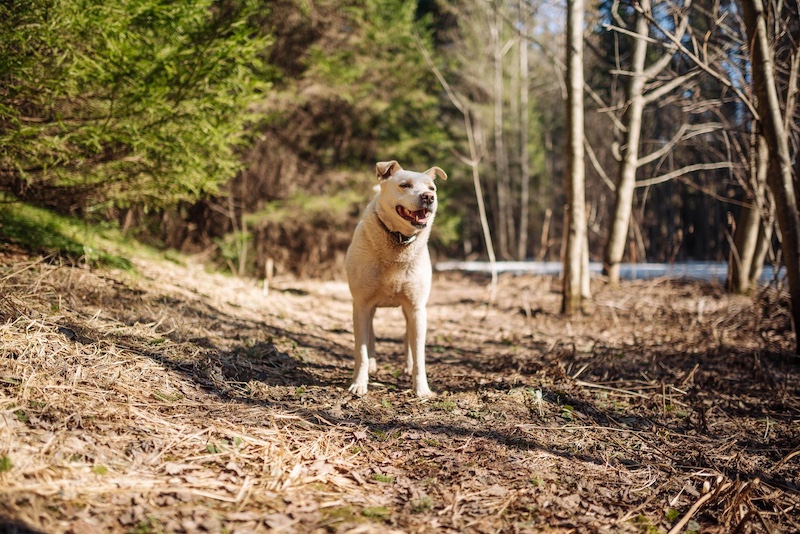
As your dog ages, they may not be able to handle the same level of activity they did in their younger years. Adjust the intensity and duration of their exercise to match their physical capabilities. Shorter, more frequent walks can be more beneficial than long, strenuous ones. Pay attention to signs of fatigue or discomfort and adjust accordingly.
2. Incorporate Gentle Playtime
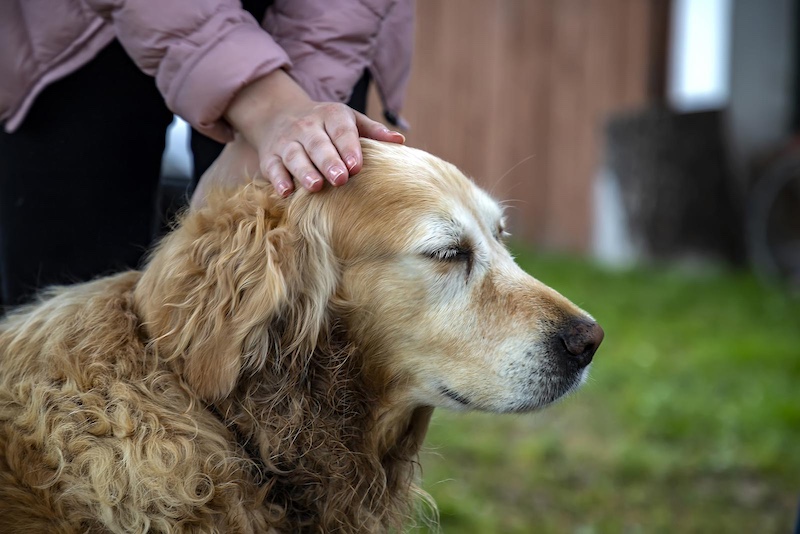
Play is a fantastic way to keep your senior dog mentally and physically engaged. Choose low-impact activities that are easy on their joints, such as gentle tug-of-war or fetch with a soft toy. Interactive toys that encourage problem-solving can also stimulate their mind without putting too much strain on their body.
3. Provide Regular Mental Stimulation
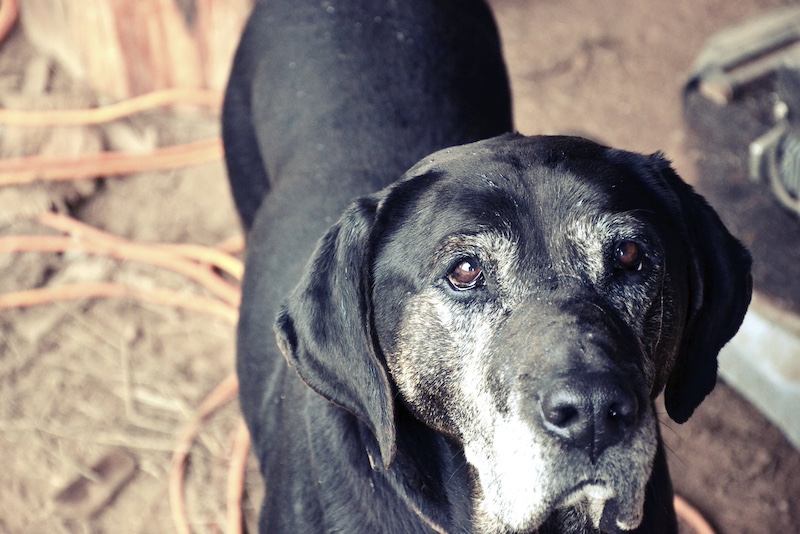
Mental exercise is just as important as physical activity for senior dogs. Puzzles, treat-dispensing toys, and scent games can keep their minds sharp and prevent cognitive decline. Training sessions that focus on simple commands or tricks can also be a great way to keep their brain engaged and strengthen your bond.
4. Focus on Low-Impact Exercises
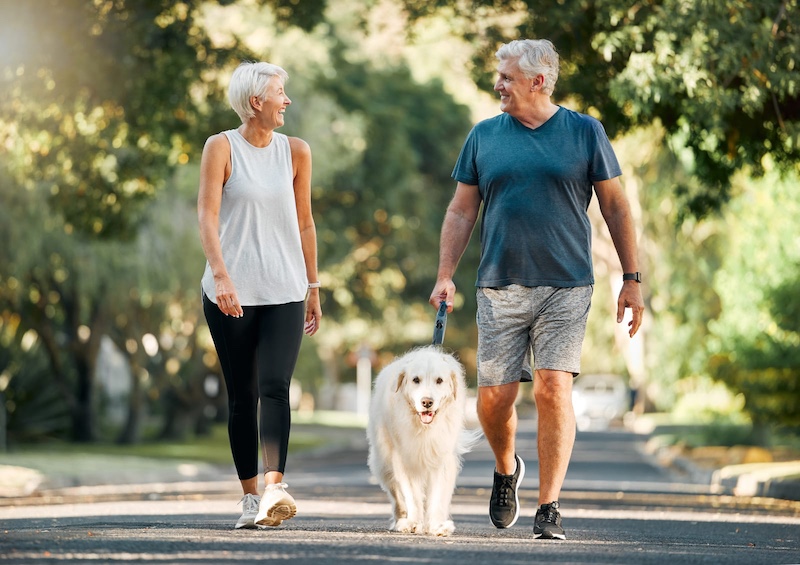
Swimming is an excellent low-impact exercise that is easy on the joints while providing a full-body workout. If your dog enjoys water, consider taking them for a swim in a dog-friendly pool or calm lake. Even walking in shallow water can help improve their mobility without putting stress on their joints.
5. Consider Physical Therapy or Canine Massage
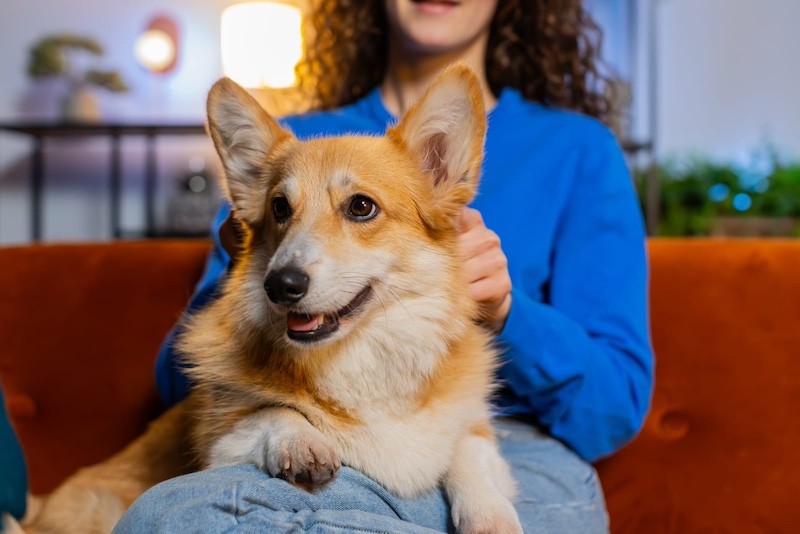
If your senior dog has mobility issues or arthritis, physical therapy can help maintain or even improve their range of motion. A professional canine physical therapist can design a customized exercise program to suit your dog’s specific needs. Additionally, regular massages can alleviate muscle tension and improve circulation, contributing to overall comfort and mobility.
6. Engage in Indoor Activities
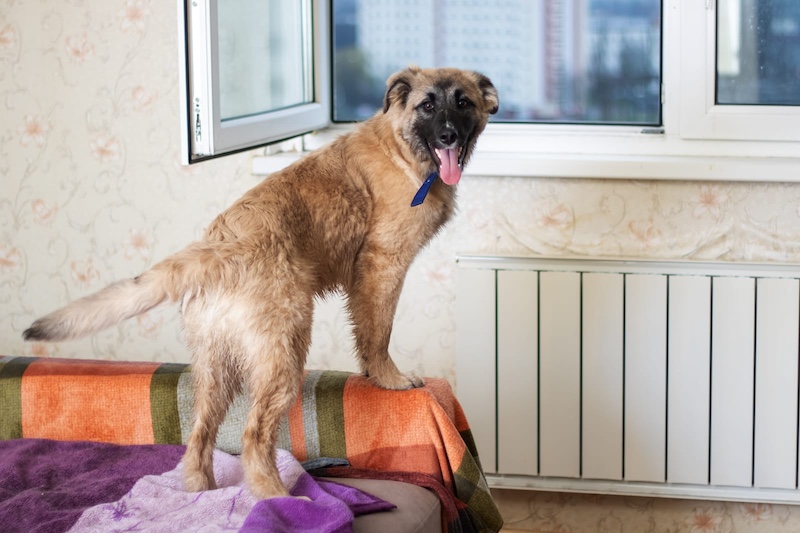
For days when the weather isn’t ideal or your dog isn’t up for outdoor activity, indoor exercises can keep them moving. Simple activities like climbing stairs (if they’re capable) or walking through different rooms can help maintain muscle tone. You can also set up a small indoor agility course using household items to encourage gentle movement and fun.
7. Maintain a Healthy Weight
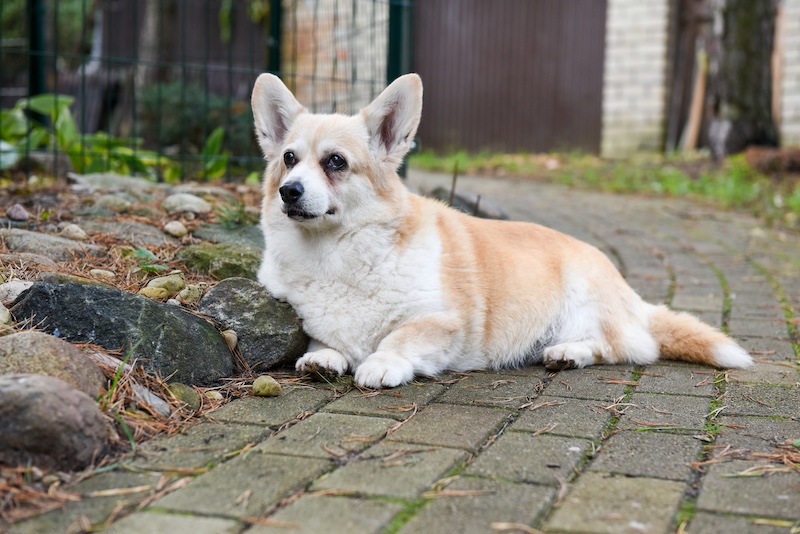
Keeping your senior dog at a healthy weight is vital for their overall health and mobility. Excess weight puts additional strain on their joints, leading to discomfort and a reluctance to move. Regularly monitor their diet and adjust portions as needed to maintain an ideal weight. Consult your veterinarian for guidance on appropriate nutrition and feeding schedules.
8. Schedule Regular Vet Check-Ups
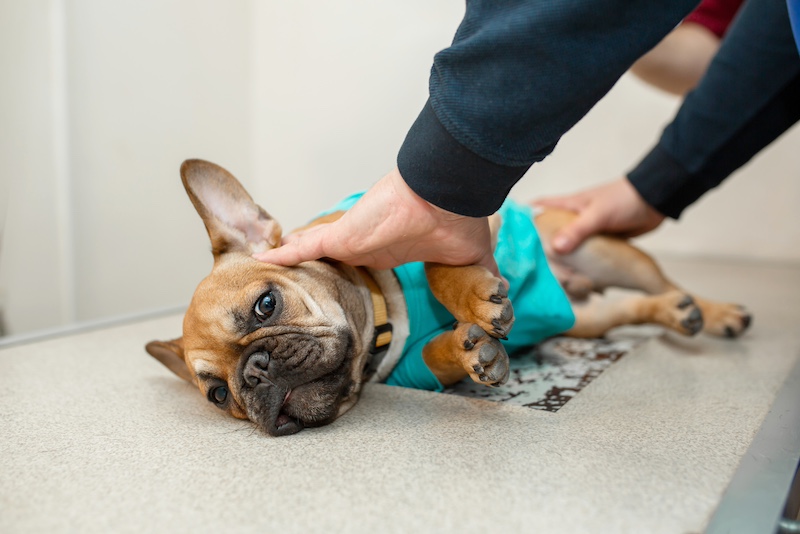
Regular veterinary check-ups are essential for monitoring your senior dog’s health and catching any potential issues early. Your vet can assess your dog’s mobility, recommend appropriate exercises, and provide treatment options for conditions like arthritis. Early intervention can make a significant difference in your dog’s quality of life and ability to stay active.
9. Use Supportive Gear
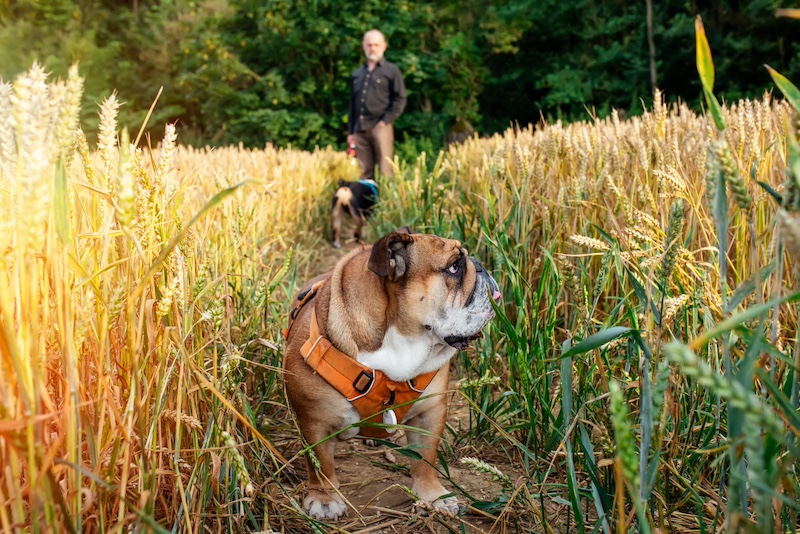
If your senior dog has difficulty walking or standing, consider using supportive gear like harnesses, ramps, or orthopedic beds. A harness with a handle can help you assist them with stairs or getting into the car. Ramps can make it easier for them to access their favorite spots without jumping. Orthopedic beds provide extra cushioning for their joints, making rest more comfortable.
10. Keep a Consistent Routine
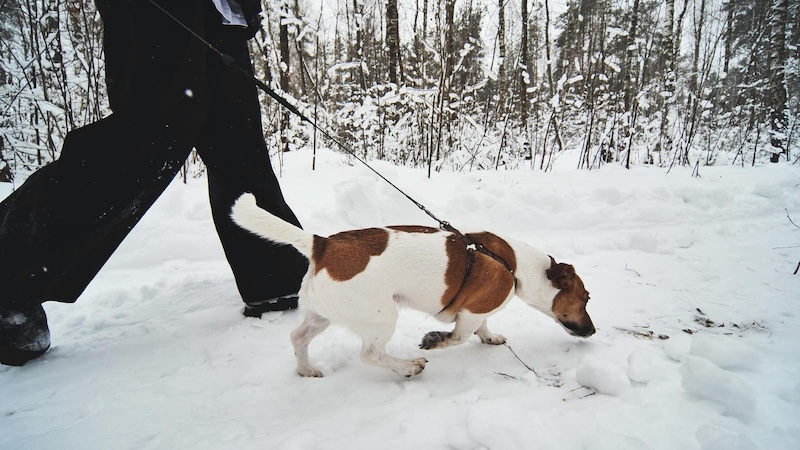
Dogs thrive on routine, and this is especially true for senior dogs. Establish a regular schedule for walks, playtime, and rest. Consistency helps reduce stress and anxiety, making it easier for your dog to stay active and engaged. Even on days when your dog seems less energetic, maintaining a routine can encourage gentle activity and mental stimulation. Please Note: This content was created with the assistance of AI and thoroughly edited by a human before publishing.

